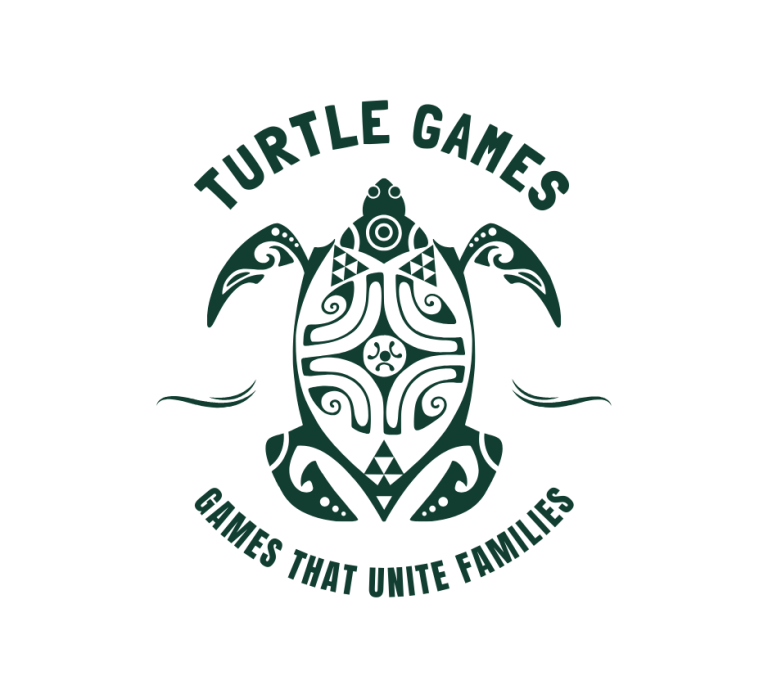Marketing Analysis
Applying Advanced Analytics to Marketing Strategies

Turtle Games Project
This project, completed as part of my Data Analytics Career Accelerator at LSE, focused on developing marketing strategies for a fictional gaming company, Turtle Games. The objective was to enhance a loyalty program and inform marketing efforts through data-driven insights. This project allowed me to apply advanced analytics techniques to real-world scenarios, showcasing my ability to turn raw data into actionable strategies.
Marketing Analytics in Practice
The project focused on customer demographics, and marketing insights to predict customer loyalty and enhance loyalty program based on fictious data provided by the LSE Career Accelerator course.

Customer Segmentation
Customers were grouped based on demographics, spending, and loyalty behavior to identify marketing opportunities.
Predict Customer Trends
Predictive models were used to forecast loyalty point accumulation and spending patterns.
Sentiment Analysis
Extracted insights from customer reviews to refine marketing strategies and product offerings.
Customer Loyalty
Using various methods of clustering and preduictive modelling customer loyalty was explored in great detail to inform recommendations.
Turtle Game Marketing Analysis Insights Report
Turtle Games, a global game company, aims to improve sales by analysing customer data. Their main objectives are to understand loyalty point accumulation, identify high-value customer segments, use customer reviews to inform marketing strategies. They plan to achieve these goals by examining:
Customer demographics, Spending behaviours, and customer reviews. The ultimate aims are to enhance targeted marketing, increase customer satisfaction, address issues with loyalty program engagement, improve customer segmentation for marketing, use customer sentiment to drive business improvements. Appendix 1 provides detailed background and context, while Appendix 4 offers summarized answers to key business questions.
Analytical Approach:
To meet Turtle Games' business objectives, dual-pronged analytical approach was adopted using both Python and R. This ensured a comprehensive analysis of customer data from multiple perspectives. For more detailed steps, refer to Appendix 2 and Python and R notebooks.
- Data Import and Cleaning: In Python, the Pandas library was used to import and clean the data, addressing missing values, removing duplicates, and handling outliers (e.g., loyalty points above 3220). Key libraries used included ‘Pandas’, ‘Seaborn’, ‘Matplotlib’, and ‘Scikit-learn’, while specific functions from ‘Statsmodels’ and ‘Scipy’ were also utilized amongst other libraries. Outliers were treated separately in the predictive models, whilst included in the sentiment analysis and logistic regression models to predict high-value/loyal customers.
- Exploratory Data Analysis (EDA): Descriptive statistics and correlation matrices in both Python and R revealed that income and spending score were the most significant predictors of loyalty points, while age was excluded from final models due to its weak influence. In R, packages such as ‘skimr’, ‘DataExplorer’, ‘ggplot2’, and ‘tidyverse’ were employed for data handling and visualization. Non-normal distributions in loyalty points led to applying transformations like Box-Cox, log and square root to improve multi-linear regression models.
- Predictive Modelling: Various predictive models were developed in Python and R to analyze loyalty points. Spending score and income emerged as key predictors. A pruned decision tree balanced interpretability and accuracy, while a transformed multi-linear regression model in R achieved 94% R-squared. Random forest models showed potential for higher accuracy. Detailed results are in Appendix 3.
- Sentiment Analysis: The ‘VADER’ and ‘TextBlob’ libraries were used for sentiment analysis on customer reviews and summaries. The average review length was 56 words with the longest review of around 1400 words. Short reviews dominated across all sentiments. The results also revealed a mostly positive sentiment, with a calculated Customer Satisfaction Score (CSAT) of 78%. This provided insights into leveraging positive reviews for marketing while addressing negative feedback to improve customer satisfaction. See Appendix 2 for further details on the different methods and Appendix 6 for the top 20 positive and negative customer reviews.
Visualisation and Insights:
Visualizations were essential for interpreting customer behavior and drawing actionable insights for Turtle Games. Refer to Appendix 2 and the presentation for the detailed visualisations.
- Box Plots: Box plots highlighted the skewed distribution of loyalty points and identified high value customers (above 3220 loyalty points), supporting recommendations for a “VIP” loyalty program to further engage these customers.
- Scatter Plots and Correlation Matrices: Scatter plots, enhanced with regression lines (GAM smoothers), demonstrated the relationship between income, spending score, and loyalty points. Correlation matrices confirmed that income and spending score were key predictors of loyalty points accumulation. Partial dependence charts from the Random Forest model suggested that income levels above $75,000 showed diminishing returns, guiding the need for tailored incentives for higher-income customers to encourage higher engagement/spending and prevent churning.
- Clustering Visualizations: Clustering analysis (K-means and hierarchical) grouped customers into 5-6 segments, helping Turtle Games identify high-income, high-spending clusters and mid-income, mid-spending groups. These insights support targeted marketing strategies, with an emphasis on focusing on the largest segment for maximizing return on investment.
- Sentiment Analysis Visualizations: Bar charts and word clouds were used to represent sentiment analysis results, providing a snapshot of customer feedback. Sentiment analysis visualizations identified predominantly positive sentiment but also revealed negative feedback on certain products, which Turtle Games can address (Appendix 6 for details). These visualizations provided clear, data-driven insights that guided recommendations on loyalty program enhancements, targeted marketing efforts, and customer engagement strategies.



Patterns and Predictions:
The analysis revealed key patterns in customer behavior that can be leveraged to drive business decisions. It identified spending score and income as the primary drivers of loyalty point accumulation across all models. The customer segmentation offered a useful insight to develop marketing strategies that could potentially provide higher return or prevent segments from likely churning (See details in Appendix 2).
The pruned decision tree model, which provided interpretable rules at a depth of five, could be particularly valuable for real-time customer segmentation, allowing Turtle Games to predict loyalty points based on spending and income patterns. The random forest model, with its higher accuracy, would be suitable for large-scale predictions, such as forecasting loyalty points across the entire customer base. This model could be used to develop customer engagement strategies, such as offering personalized promotions to low-spending, high-income customers, or boosting loyalty points accumulation for mid-spending customers through targeted rewards. Whilst the multi-linear model due to its simplicity could be utilized for quick analysis which may not require such intensive monitoring and computation power. The linear regression models could be used predict loyal or high value customers with good accuracy.




Turtle Games can hone on the advantages of both ‘TextBlob’ and ‘VADER’ tools to gain more advanced insights into customer sentiment. ‘TextBlob’ was closer to the overall CSAT Scoring, whilst VADER appeared more accurate against the summaries. VADER due to the compound effect of the scoring method returns the longer reviews with more detailed feedback. As the review were dominated by short feedback, encouraging and rewarding customers leaving long reviews could benefit for detailed feedback to further improve products and services.
By combining sentiment analysis with predictive models, Turtle Games can also adjust its loyalty program based on customer feedback, ensuring a holistic approach to driving loyalty, improving customer satisfaction, and boosting revenue through tailored marketing efforts.








Future Analytical Recommendations:
Turtle Games should consider focusing on metrics such as Customer Lifetime Value (CLV), Net Promoter Score (NPS), customer churn rate, and sentiment analysis over time. Metrics like average order value (AOV) and repeat purchase rates could further identify high-value customers and predict at-risk groups. Combining descriptive analytics with predictive modeling will allow Turtle Games to fine-tune marketing strategies and improve customer engagement and profitability. For further key metrics, see Appendix 5.
References:
For detailed references used during the project please refer to Appendix 7.

Further Information
For more details about the Turtle Games Project, including access to the code and presentation, please explore the links below. If you’re interested in how I can support similar projects, don’t hesitate to reach out!
Need tailored business marketing analytics solutions? Let’s transform your data!
Book a consultation today to discover how I can deliver actionable insights to drive your success!
Stay Updated with Data Insights

Welcome to my blog, where I share valuable information and perspectives on database management and data analysis services.
Explore my latest articles to stay informed and discover new trends in the ever-evolving world of data.
Whether you are a business owner, entrepreneur, or data enthusiast, my blog is the perfect resource for enhancing your knowledge and optimizing your data processes.
Join me on this journey of learning and innovation in the realm of database management and data analysis.
Latest Blog Posts
We need your consent to load the translations
We use a third-party service to translate the website content that may collect data about your activity. Please review the details in the privacy policy and accept the service to view the translations.

